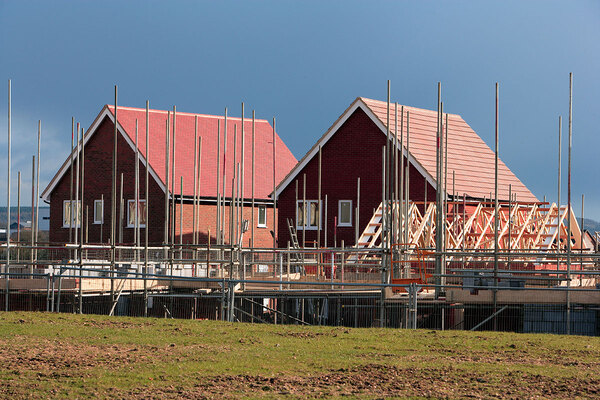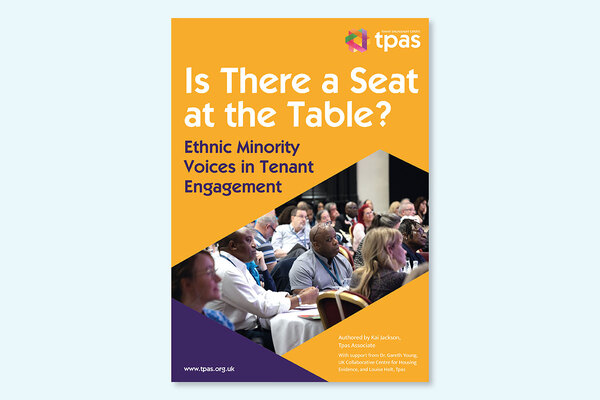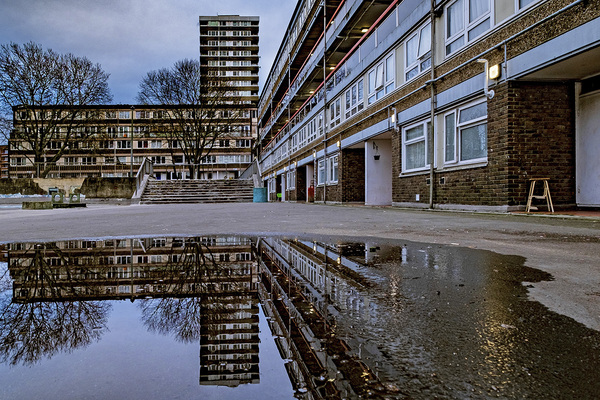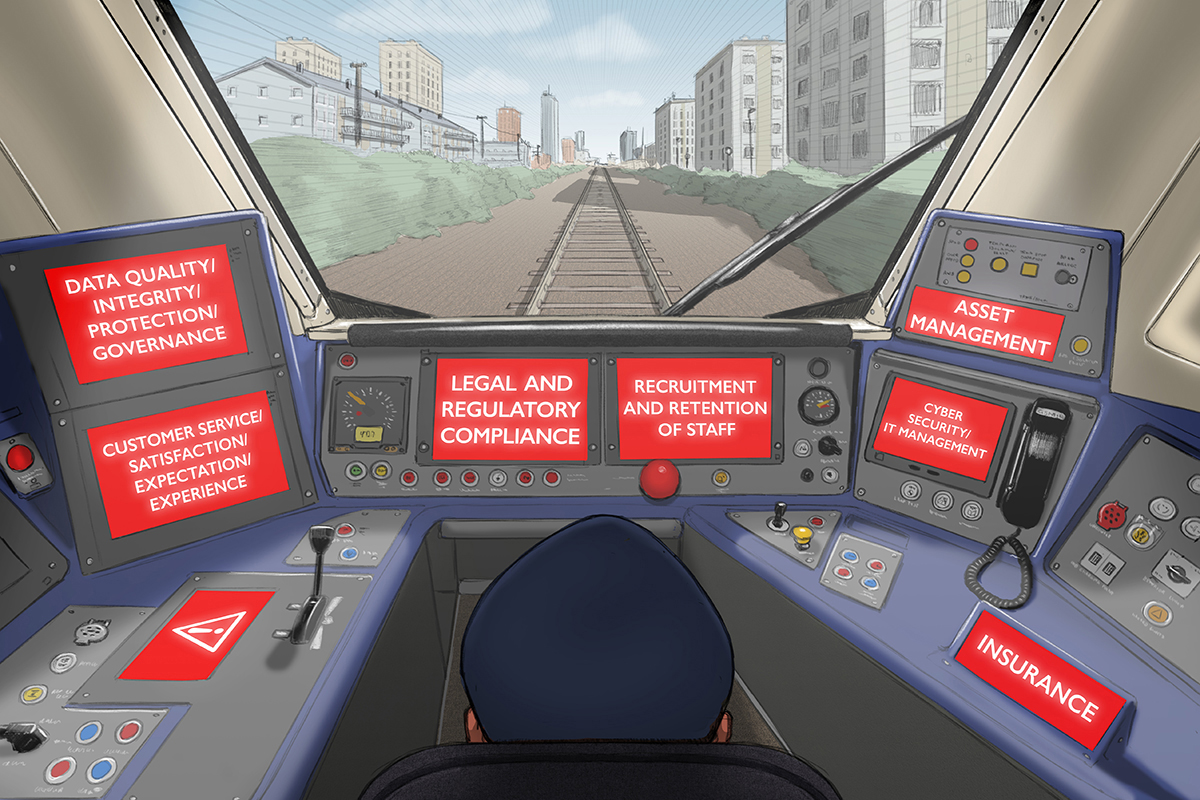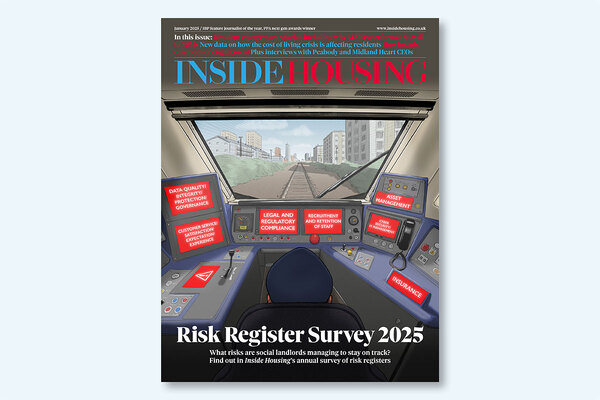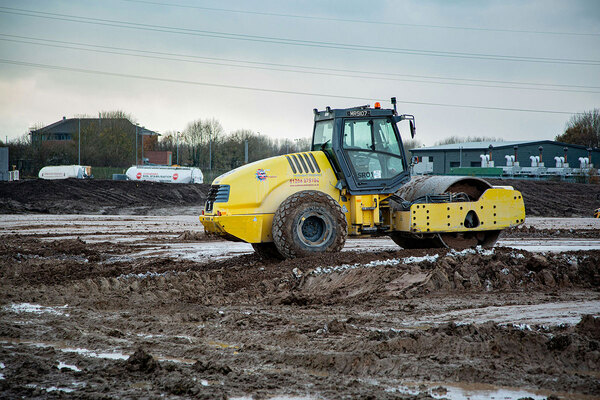You are viewing 1 of your 1 free articles
A recipe for successful New Towns
Creating thriving New Towns is an opportunity to show the development industry at its best, writes Hannah Leary, planning director at engineering consultancy Stantec
One point five million new homes in five years alongside a pledge for a new generation of New Towns: has the responsibility on the shoulders of the development industry ever been higher? This is era-defining development that will change lives and possibly the political and economic futures of England.
As a sector, we need to ensure these New Towns will thrive, and define what good looks like. So, what’s the recipe for success? It’s easy to name the attributes we want to see: schools, healthcare, transport connections, green space and a sense of place.
But that’s only half the story. It’s the approach we take to delivering this that will define the quality of the outcomes.
Stantec recently convened a roundtable of experts from across the industry, leading voices and decision-makers from the private and public sector. These are some of the key takeaways we think are essential elements for creating the thriving towns of the future.
At the core of any long-term ambition needs to be a clear vision. All partners need a common goal and understanding to coalesce around – the foundation of collaboration, especially between the public and private sector teams. It should be a fixed vision that won’t be at risk of changing at every electoral cycle, otherwise you limit the level of public and private investment, and confidence.
The new National Planning Policy Framework, planning working papers and English Devolution White Paper are positive signs that this government is nailing down its vision and will embed it over the next four years.
“The new National Planning Policy Framework, planning working papers and English Devolution White Paper are positive signs that this government is nailing down its vision and will embed it over the next four years”
However, we’re also in the middle of the most impactful technological revolution of all time – and the pace of change in everyone’s daily lives has never been faster. New Towns will take many years to come to fruition, so the vision must incorporate a flexibility that can accommodate the needs of future generations.
These two things are not incompatible. In 2014, Stantec conducted a study as finalists for the Wolfson Economics Prize which looked at how we approach the key elements of a successful new garden community. We concluded that New Towns need to be ‘economically viable and popular’.
This is as true now as it was then. Establishing a clear vision as a framework for ambition and investment doesn’t mean we can’t accommodate flexibility in how we achieve those objectives.
It’s easy to say that we want our New Towns to be well connected. Who doesn’t? But creating a truly accessible, sustainable place goes deeper than a railway line. We need to consider infrastructure of all kinds, from the earliest stages of site selection for New Towns. The basics – water, energy and nature – are part of it. Transport is another.
We need to ensure that towns are designed for the long term, and resilient to a changing climate and changing approach to living and travelling, encouraging and establishing positive behavioural change from the outset.
A key part of this is how we plan for a modal shift in transport, and design for that from the start. As outlined in Stantec’s Bridging the Gap report, we can drive radical shifts in how people think about the role of cars and traditional transport, creating places built around attractive, affordable, convenient active travel and public transit.
Yet this needs to be built in from the beginning and considered from the spatial planning and site selections stages, so it can link up with national infrastructure in an efficient and sensible way.
“We need to consider infrastructure of all kinds from the earliest stages of site selection for New Towns”
One example which could show the way forward is Lands Improvement Holdings’ urban extension project at Linmere in Bedfordshire. It will deliver up to 5,150 new homes alongside new parkland and community infrastructure, with a focus on walkable neighbourhoods and sustainable transport embedded from the start.
Creating thriving New Towns is an opportunity to show the development industry at its best, and show that we understand long-term responsibility to communities. New Towns will not succeed and become self-sufficient if they are not supported to mature over time. This doesn’t end at practical completion.
Stantec’s involvement in the Roman Fields regeneration project is one small example of taking this long-term view. The project delivered 300 new homes on a brownfield site around an existing village. We worked alongside Places for People and East Dunbartonshire Council to meaningfully engage with the community, dispel fears of damage to their sense of place, and bring genuine benefits through sensitive, sustainable design. The involvement of the developing parties extended far beyond completion, ensuring the promised benefits came to fruition.
Our roundtable group suggested thinking of good new communities like a sandwich. Top-down vision is important for direction and commitment. Bottom-up local involvement is essential for buy-in and long-term support. But for truly great places, the meat in the middle is the specialist knowledge and expertise from the sector. It’s this that can balance competing objectives, challenge ideas and drive innovation, and ultimately turn ambitions into reality.
Hannah Leary, planning director, Stantec
Sign up for our daily newsletter
Already have an account? Click here to manage your newsletters



